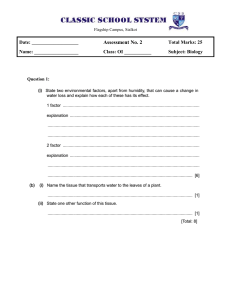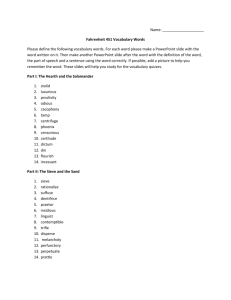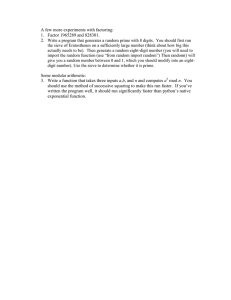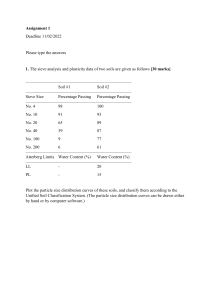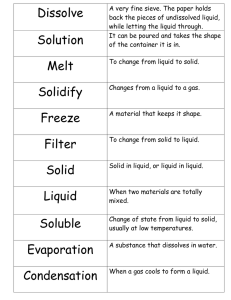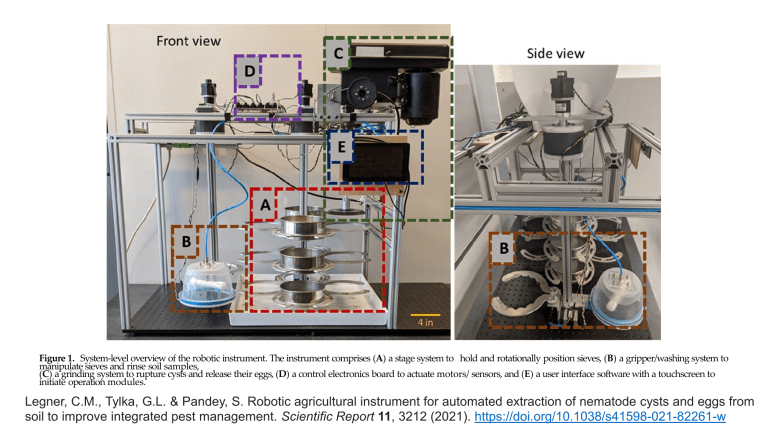
Figure 1. System-level overview of the robotic instrument. The instrument comprises (A) a stage system to hold and rotationally position sieves, (B) a gripper/washing system to
manipulate sieves and rinse soil samples,
(C) a grinding system to rupture cysts and release their eggs, (D) a control electronics board to actuate motors/ sensors, and (E) a user interface software with a touchscreen to
initiate operation modules.
Legner, C.M., Tylka, G.L. & Pandey, S. Robotic agricultural instrument for automated extraction of nematode cysts and eggs from
soil to improve integrated pest management. Scientific Report 11, 3212 (2021). https://doi.org/10.1038/s41598-021-82261-w
Figure 2. The stage system. (A) CAD schematic showing the three stage levels where each level has four sieve slots. (B) Image of the stage system in its fully uncompressed state.
(C) Image of the stage system in its partially compressed state where the bottom level is raised and aligned with the middle level. (D) Image of the stage system in its fully
compressed state where the lower two levels are raised and aligned with the top level.
Legner, C.M., Tylka, G.L. & Pandey, S. Robotic agricultural instrument for automated extraction of nematode cysts and eggs from
soil to improve integrated pest management. Scientific Report 11, 3212 (2021). https://doi.org/10.1038/s41598-021-82261-w
Figure 3. The gripper/washing system. (A) CAD schematic showing the gripper and water sprayer. (B) Image of constructed parts of this system and its relative position in the
instrument. (C–E) Images of the gripper preparing to grab a sieve, holding the sieve, and lifting the sieve from its sieve slot in the stage system,
respectively. (F–H) Images of the sprayer moving into position above a sieve, aligning with the sieve, and rinsing the sieve contents, respectively.
Legner, C.M., Tylka, G.L. & Pandey, S. Robotic agricultural instrument for automated extraction of nematode cysts and eggs from
soil to improve integrated pest management. Scientific Report 11, 3212 (2021). https://doi.org/10.1038/s41598-021-82261-w
Figure 4. The grinding system. (A) CAD schematic showing the drill press, linear actuator, and grinding pad.
(B) Image of constructed parts of this system and its relative position in the instrument. (C–F) Images of the grinding pad in its neutral position, being turned on and lowered
within the sieve, gently grinding material on the sieve screen, and being washed by a spray nozzle in position above the sieve screen.
Legner, C.M., Tylka, G.L. & Pandey, S. Robotic agricultural instrument for automated extraction of nematode cysts and eggs from
soil to improve integrated pest management. Scientific Report 11, 3212 (2021). https://doi.org/10.1038/s41598-021-82261-w
Figure 5. Process flow and extraction protocols. (A) Flowchart depicts the overall process flow for the robotic instrument. The user selects an input type (soil sample for cyst
extraction or cyst sample for egg extraction). The appropriate extraction protocol is chosen and performed. The resultant sample is recovered, and the count of cysts or eggs is
obtained. (B) List of the robotic functions implemented by the two protocols for cyst and egg extraction, along with the time duration of each function.
Figure 6. Manipulation of sieves during the extraction protocols. (A) The soil suspension is decanted through a #20 sieve seated above a #60 sieve. (B) The water sprayer moves
into place above the #20 sieve to wash its contents and ensure the extracted cysts pass through to the #60 sieve. (C) The cyst-containing #60 sieve is transferred via the gripper
onto the top stage level. (D) The grinding pad is brought into contact with the cyst- containing #60 sieve to rupture the cysts and release their eggs. (E) The grinder is raised to
be free of the sieve and turned off. (F) The eggs are collected on the #500 sieve and transferred to a container to be counted later.
Figure 7. Performance of the robotic instrument for nematode egg extraction from field soil. (A,C) Plots of the nematode egg recovery percentage using the robotic instrument.
(B,D) Plots of the nematode egg recovery percentage using the manual bucket method (i.e. wet-sieving technique). The field soil was obtained from fields near the cities of
Muscatine and Nevada in Iowa. Each soil sample was processed to extinction (until 0 eggs were recovered) through four successive iterations. Six separate soil samples were
tested for each case (n = 6 samples × 2 soil types× 2 extraction methods). For Muscatine soil samples, the first extraction iteration yielded an egg recovery percentage of 77.8 ±
14.8% (n = 6 samples) for the robotic instrument and 80.8 ± 5.8% (n = 6
samples) for the manual bucket method. For the Nevada soil samples, the first extraction iteration yielded an egg recovery percentage of 66.8 ± 11% (n = 6 samples) for the
robotic instrument and 73.0 ± 6.5% (n = 6 samples) for the manual bucket method. In all experiments, more than 94% of nematode eggs were retrieved within the first two
iterations of extraction.
Legner, C.M., Tylka, G.L. & Pandey, S. Robotic agricultural instrument for automated extraction of nematode cysts and eggs from
soil to improve integrated pest management. Scientific Report 11, 3212 (2021). https://doi.org/10.1038/s41598-021-82261-w

